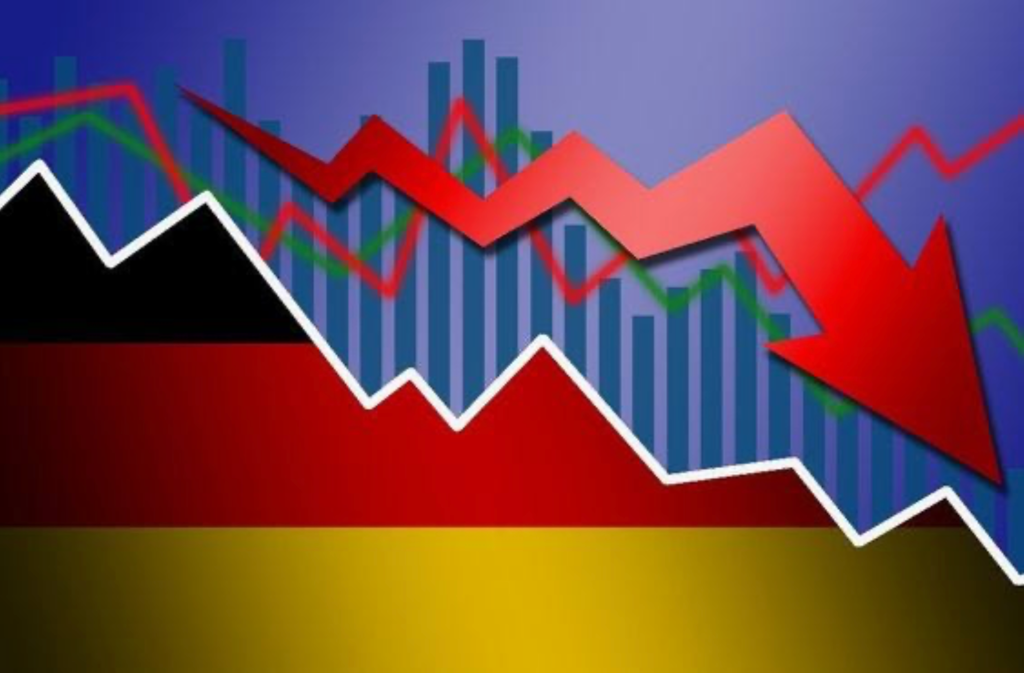By Saurabh Kumar
At the beginning of this month, The United States Bureau of Labor Statistics announced in its monthly Employment Situation Summary that the nation’s unemployment rate is down to six percent. This rate is considerably lower than it was in April of last year when the onset of the novel coronavirus pandemic caused it to shoot up to 14.8 percent. However, as the report states, it is still 2.5 percentage points above the pre-pandemic rate of 3.5 percent that was recorded in February 2020.
The problem with these figures, however, is their inability to capture the whole picture. There are several different metrics for unemployment, each with small but important differences. U-3 unemployment, also known as the official or headline unemployment rate, is the number most people know. According to the U.S. Bureau of Labor Statistics, U-3 unemployment includes the total unemployed population as a percentage of the civilian labor force. This metric, however, fails to account for underemployed and discouraged workers. U-6 unemployment, on the other hand, includes the total unemployed population, all persons marginally attached to the labor force, and the total population employed part time for economic reasons as a percent of the civilian labor force plus all persons marginally attached to the labor force. That is, U-6 unemployment captures underemployed and discouraged eligible workers in addition to those who are unemployed.
In an article recently published on EconoFact, Dr. Christopher F. Baum of Boston College and Dr. Michael Klein of Tufts University say, “The most cited unemployment rate does not capture the full extent of weakness in the labor market — and this is a bigger issue in recessions.” According to them, the labor market is weaker than it appears due to the fact that the official unemployment rate ignores those who have lost hours or have given up looking for work.
The difference in U-3 and U-6 unemployment measures is important because of the disparity between the two figures. As we know from April’s Employment Situation Summary, the official unemployment rate in March reached a low of six percent. However, the U-6 unemployment rate for March 2021 remained at 10.7 percent. According to Federal Reserve Chairman Jerome Powell, the published unemployment rates during the pandemic have “dramatically understated the deterioration in the labor market.” In a speech this past February, Chairman Powell said, “Despite the surprising speed of recovery early on, we are still very far from a strong labor market whose benefits are broadly shared.”
While the published unemployment rate creates the appearance of convalescence in the labor market, the true state of affairs is not so bright. According to Pew Research Center, about four out of ten eligible workers unemployed in February 2021 had been out of work for more than six months. This indicates that the Covid-19 pandemic has had a significant and lasting impact on the labor market. The number of discouraged workers in the United States has grown by approximately 100,000 in the last year alone showing that it is vital to consider more factors than just those considered in U-3 unemployment.
Dr. Baum and Dr. Klein’s work shows that U-6 unemployment is even more responsive to the economy operating below its full potential than U-3 unemployment. That is, when the economy worsens, U-6 unemployment increases more drastically than U-3 unemployment, indicating more underemployed and discouraged workers.
Because of its close ties with the state of the economy, the importance of the unemployment rate figure extends beyond media and headlines, though. It is critical that the state of the job market be fully and accurately reported in order to make sound and effective policy decisions with regard to the economic condition of the nation. While headline unemployment has gone down quickly, underemployed and discouraged workers remain a prominent issue that needs to be considered by policymakers and voters to ensure that the labor force can be properly supported in its hopeful recovery.
While U-3 unemployment has been used as the official measure for decades, its utility is dubious at best. Its inability to paint a complete picture of the state of the labor market suberts its usefulness when it comes to actual policy decisions or genuinely comprehending the effects of major events — such as a global pandemic — on the economy. Dr. Baum and Dr. Klein’s work shows the importance of using broader measures such as U-6 unemployment for policymaking and the data from Pew Research Center shows the true significance of underemployment and long-term unemployment leading to an increasingly discouraged labor force, especially in the wake of major events. While it is true that the conservative parameters of the U-3 metric consider only those who are truly unemployed, many economists agree that the U-3 figure’s failure to account for labor underutilization undermines its ability to capture the whole picture. So, why not change? □
Work Cited
- Image source
- Baum, C. F., & Klein, M. W. (2021, April 02). Opinion: Why the drop in the unemployment rate to 6% doesn’t mean very much. Retrieved from https://www.marketwatch.com/story/how-the-unemployment-rate-underestimates-the-number-of-unemployed-people-11617321212?mod=economy-politics
- Bennett, J. (2021, March 22). Long-term unemployment has risen sharply in U.S. amid the pandemic, especially among Asian Americans. Retrieved from https://www.pewresearch.org/fact-tank/2021/03/11/long-term-unemployment-has-risen-sharply-in-u-s-amid-the-pandemic-especially-among-asian-americans/
- Christopher F. Baum and Michael Klein, Baum, C. F., Klein, M., Abrams, D. S., & Abrams, D. S. (2021, April 01). How Weak is the Labor Market? Retrieved from https://econofact.org/how-weak-is-the-labor-market
- Discouraged Worker. (2021, March 04). Retrieved from https://www.investopedia.com/terms/d/discouraged_worker.asp
- Employment Situation Summary. (2021, April 02). Retrieved from https://www.bls.gov/news.release/empsit.nr0.htm
- Investopedia. (2021, April 14). U-3 vs. U-6 Unemployment Rate: What’s the Difference? Retrieved from https://www.investopedia.com/articles/investing/080415/true-unemployment-rate-u6-vs-u3.asp#:~:text=The most commonly reported form,are actively seeking a job.&text=The U-6 rate is,, underemployed, and discouraged workers.
- Speech by Chair Powell on getting back to a strong labor market. (n.d.). Retrieved from https://www.federalreserve.gov/newsevents/speech/powell20210210a.htm
- Table A-15. Alternative measures of labor underutilization. (2021, April 02). Retrieved from https://www.bls.gov/news.release/empsit.t15.htm
- Total Unemployed, Plus All Persons Marginally Attached to the Labor Force, Plus Total Employed Part Time for Economic Reasons, as a Percent of the Civilian Labor Force Plus All Persons Marginally Attached to the Labor Force (U-6). (2021, April 02). Retrieved from https://fred.stlouisfed.org/series/U6RATE






Leave a comment